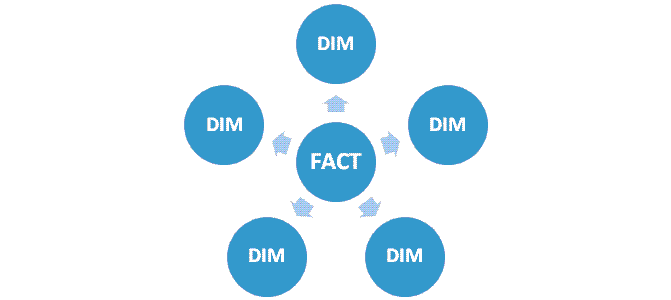In the ever-evolving landscape of data warehousing, architects are faced with the challenge of selecting the most suitable schema design for optimal performance and maintainability. Two widely adopted approaches, Star Schema and One Big Table, offer distinctive advantages in different scenarios. Let’s delve into examples illustrating when to leverage each schema for maximum effectiveness.
Star Schema: Unveiling Analytical Depth
Example 1: E-commerce Analytics Platform
Consider an e-commerce analytics platform aiming to provide in-depth insights into customer behaviour, sales performance, and product trends. The Star Schema shines in this scenario:
- Type of Queries: Analytical queries involving complex aggregations and joins to understand trends, identify top-selling products, and analyze customer segments.
- Data Integrity Needs: High data integrity is crucial, especially in an environment where transactions occur frequently. The relationships between the central fact table (containing sales data) and dimension tables (customer, product, time) maintain data consistency.
- Flexibility for Analysis: Business analysts and data scientists benefit from the structured nature of the Star Schema, allowing them to perform intricate analyses without compromising data accuracy.
One Big Table: Streamlining Read-Heavy Applications
Example 2: Content Management System (CMS)
Now, consider a content management system responsible for serving a large amount of read-heavy requests, such as rendering web pages quickly and efficiently:
- Type of Queries: Numerous read operations to fetch content for web pages, where simplicity and speed are critical. Users are primarily interested in retrieving content quickly, without the need for complex joins.
- Read-Heavy Nature: The One Big Table approach excels when the emphasis is on speedy retrieval of data. In this scenario, a denormalized table containing all necessary data for a web page could significantly reduce query complexity and boost performance.
- Scalability: As the CMS grows and serves an increasing number of requests, the One Big Table simplifies scaling, as it minimizes the need for multiple joins, making queries more efficient.
Hybrid Approach: Merging Analytical Depth with Query Performance
Example 3: Sales and Inventory Management System
Consider a sales and inventory management system requiring both analytical depth and efficient query performance:
- Analytical Queries: Users need to analyze sales trends, track inventory levels, and understand customer purchasing behaviour, necessitating the advantages of a Star Schema for complex analytical queries.
- Operational Efficiency: Simultaneously, the system experiences a high volume of read operations for day-to-day operational tasks, such as quickly retrieving inventory levels, processing orders, and updating sales figures.
- Hybrid Solution: A hybrid approach could involve selectively denormalizing certain dimensions or attributes critical for operational efficiency into the central fact table while keeping the core reference data in separate normalized tables. This ensures that analytical depth is maintained while addressing the need for streamlined queries.
Conclusion: Choosing Wisely for Optimal Results
In conclusion, the choice between Star Schema and One Big Table hinges on the specific needs of your data warehousing application. Understanding the nature of queries, data integrity requirements, and scalability considerations will guide you toward the most appropriate schema design. In some cases, a hybrid approach that strategically combines the strengths of both schemas can offer a well-rounded solution, providing the best of both worlds. Always prioritize the long-term goals and objectives of your data infrastructure for sustained success.

